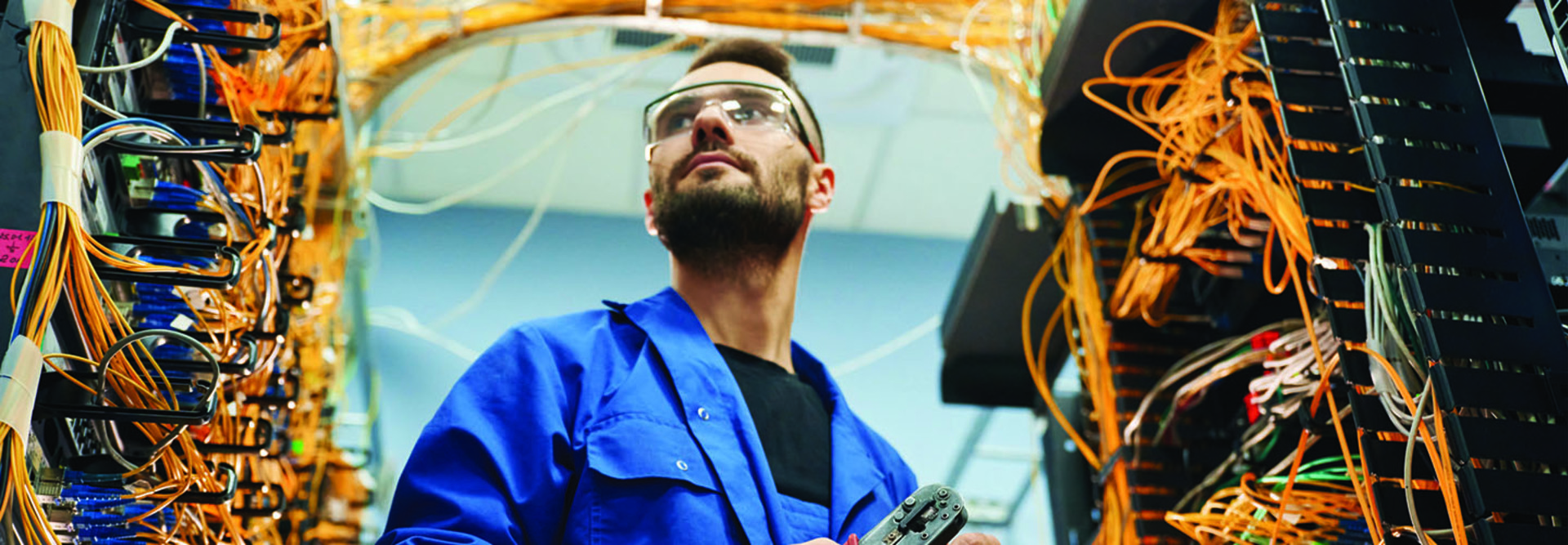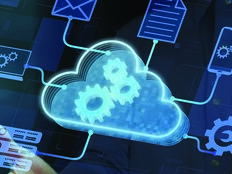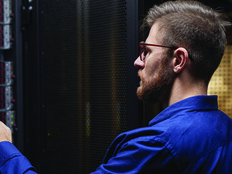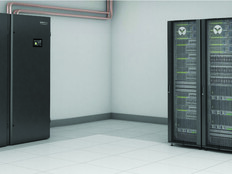Moving applications to the cloud doesn’t mean you can shut down your old data center. Agencies need basic computing services, such as on-premises print and directory servers. Applications that can’t be “lifted and shifted” will need a place to live in an onsite data center. With real estate at a premium, IT managers can save space by building new, smaller data centers to handle the few on-premises devices required. Provisioning power is part of that process. Ask these five questions to determine how much power will be enough to meet all of the needs of your environment.
Click the banner below to begin building modern IT architectures.
How Do I Build the Most Power-Efficient Data Center?
Servers and switches eat power, and there’s little anyone can do about that. Teams can control cooling. A poorly designed data center will take as much power to cool as it does to keep servers running. Focus on improving or deploying more efficient cooling designs to maximum savings.
How Do I Optimize Cooling for the Lowest Power Use?
The key to proper cooling lies in airflow. Mount equipment properly so that it supports front-to-back airflow, then design cooling to blow cold air directly at the servers. Behind the servers, place large ducts to pull hot air away from the racks. Measure your equipment to determine whether it can fit in contained cabinets that channel hot and cold air. Taking advantage of local resources, such as cold outside air during winter months, increases efficiency even when costs initially may be higher to get a new setup off the ground.
Does Power Distribution Play a Part in Energy Efficiency?
Backup power systems need to be rightsized for anticipated running loads. Having overcapacity in backup power leads to inefficiencies and higher capital and maintenance costs. Now that data centers are shrinking instead of growing, teams should use existing power as a maximum rather than guessing about growth. Use smart power distribution units with energy monitoring, and add power monitoring to cooling as well. To understand precisely where all the power is going, bring those monitors into a central dashboard.
How Do I Optimize Power Use With Existing Equipment?
Knowledge is power, literally: Virtualizing and compacting virtual machines into the most power-efficient servers allows teams to remove older, inefficient devices. The power monitoring system gives all the information needed. In some cases, it pays to replace older equipment with newer, more power-efficient devices. Anything that requires a 20 amp (or higher) plug should be viewed with extreme suspicion in a downsized data center. Check with vendors for any of your onsite appliances, such as firewalls; many of those can be virtualized to provide additional space and power savings.
REVIEW: The Barracuda CloudGen Firewall VF50 helps agencies protect multiple assets.
What Other Data Center Habits Should I Change To Save Power?
Rethink the IT manager’s typical aversion to shutting down servers, especially if you know that you have cyclical use, such as eight hours a day, five days a week. If you can shut down (or hibernate) VMs during evenings and weekends, you may be able to take down hypervisors as well. Sophisticated virtualization products can be load-aware, shutting down and starting up hypervisors as needed to handle loads. This will save both power and cooling costs.












